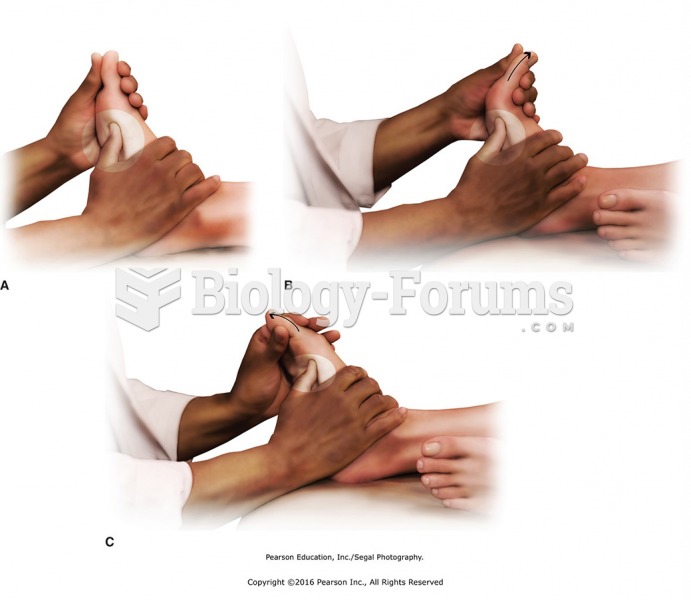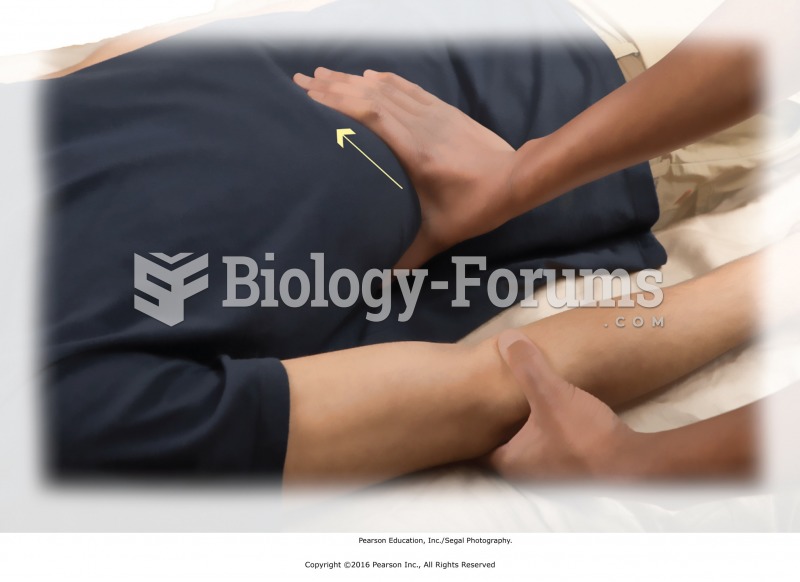|
|
|
Many of the drugs used by neuroscientists are derived from toxic plants and venomous animals (such as snakes, spiders, snails, and puffer fish).
Since 1988, the CDC has reported a 99% reduction in bacterial meningitis caused by Haemophilus influenzae, due to the introduction of the vaccine against it.
In women, pharmacodynamic differences include increased sensitivity to (and increased effectiveness of) beta-blockers, opioids, selective serotonin reuptake inhibitors, and typical antipsychotics.
Atropine, along with scopolamine and hyoscyamine, is found in the Datura stramonium plant, which gives hallucinogenic effects and is also known as locoweed.
The lipid bilayer is made of phospholipids. They are arranged in a double layer because one of their ends is attracted to water while the other is repelled by water.
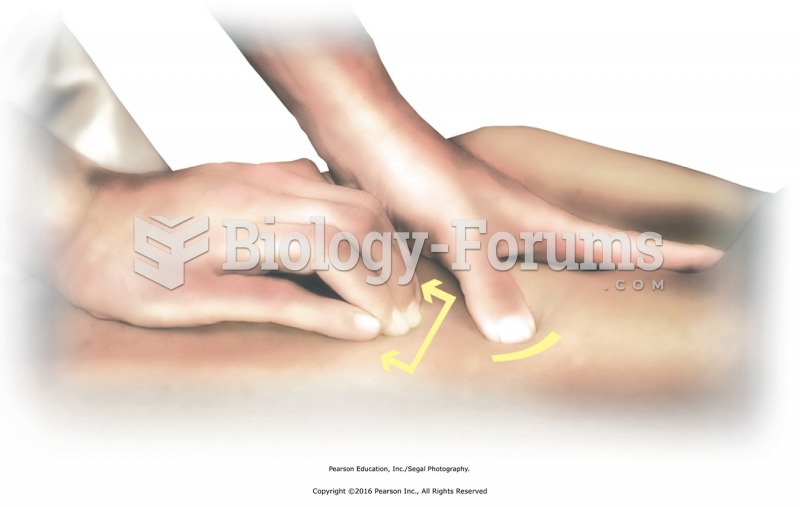 Pin the skin and subcutaneous fascia on a spot on the back using the thumb of one hand; place the ...
Pin the skin and subcutaneous fascia on a spot on the back using the thumb of one hand; place the ...
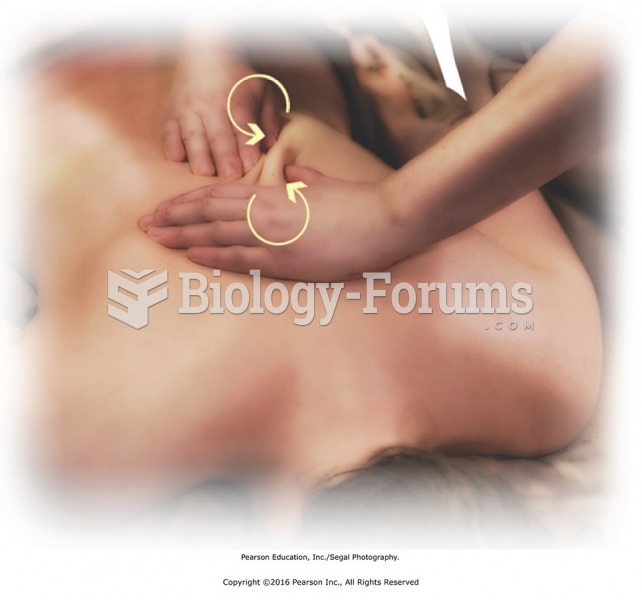 Apply two-hand petrissage over the entire upper back. Place palms flat on back next to each other. ...
Apply two-hand petrissage over the entire upper back. Place palms flat on back next to each other. ...
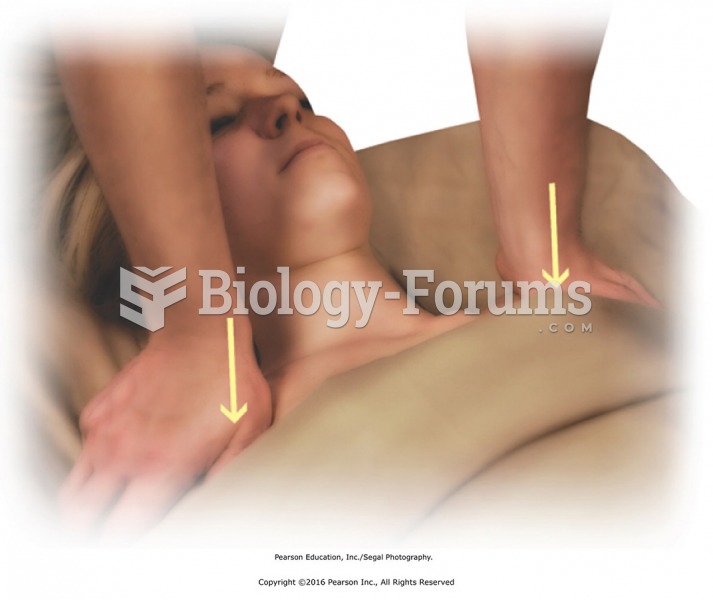 Stretch anterior tissues by pressing down on shoulders. Stand at the head of the table. Place the ...
Stretch anterior tissues by pressing down on shoulders. Stand at the head of the table. Place the ...


